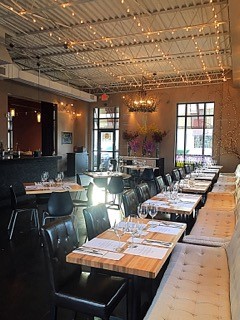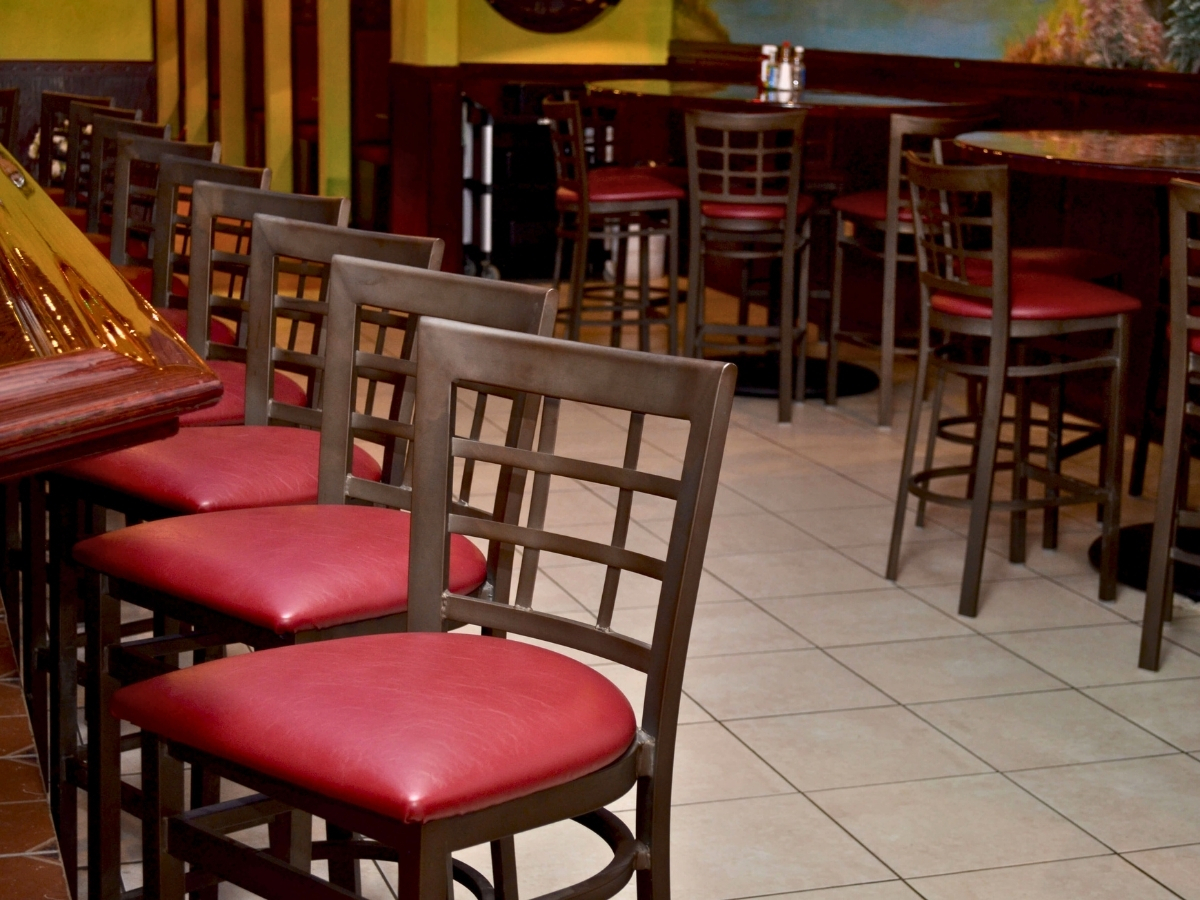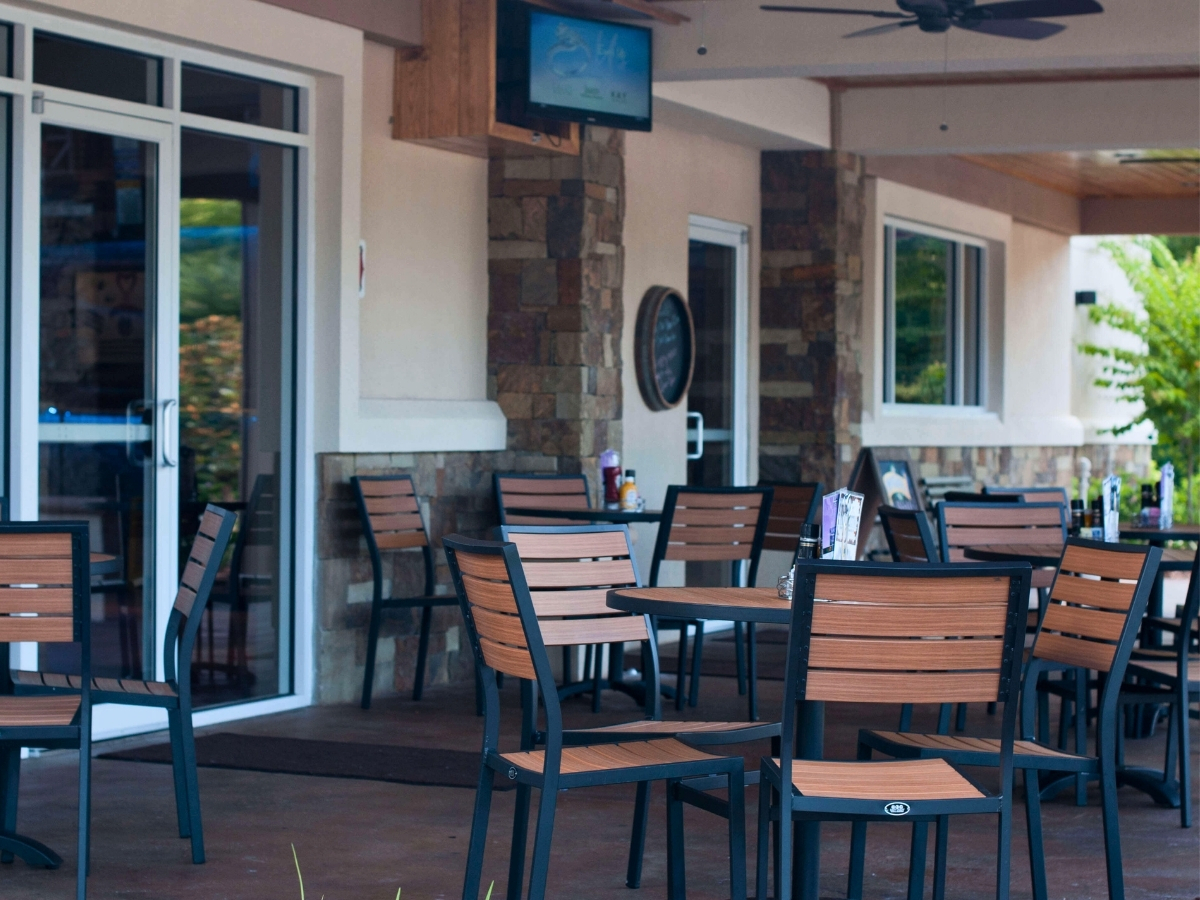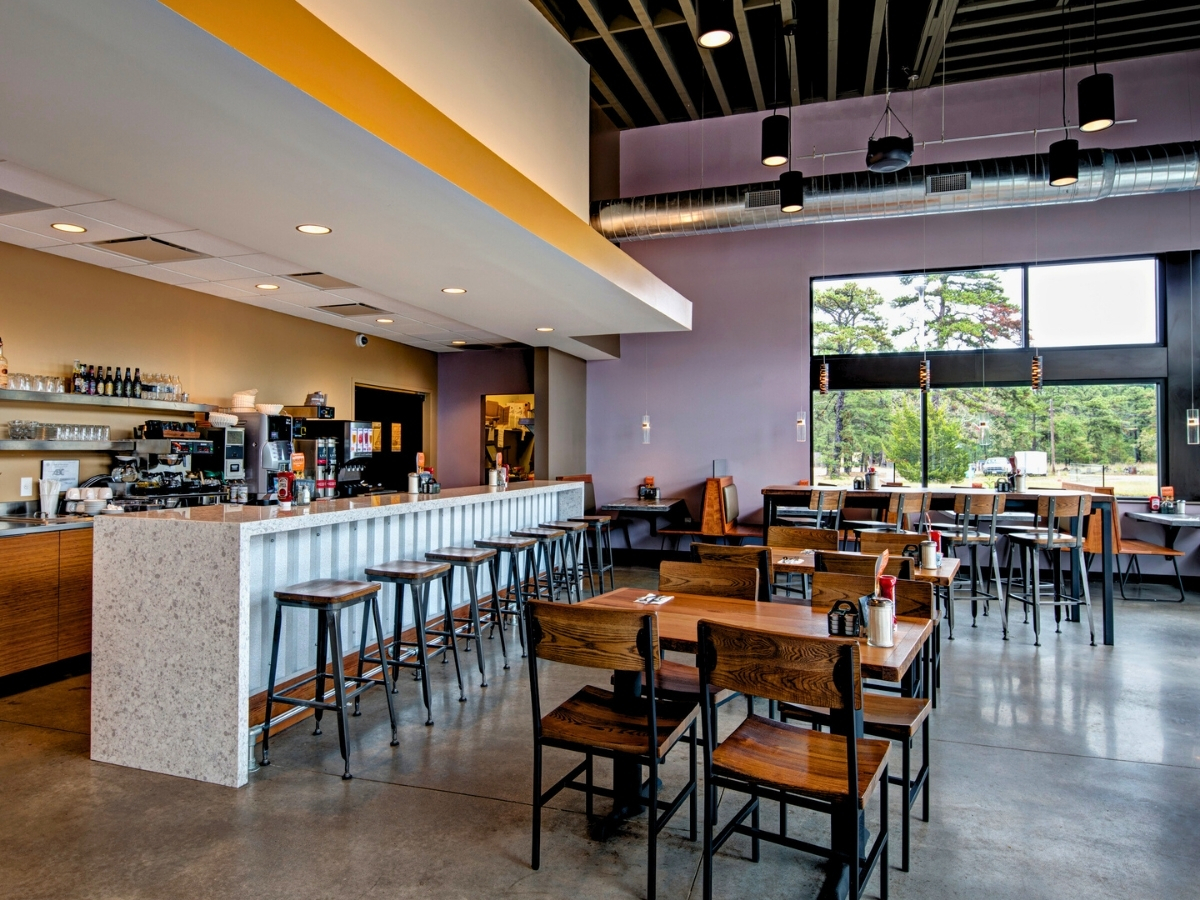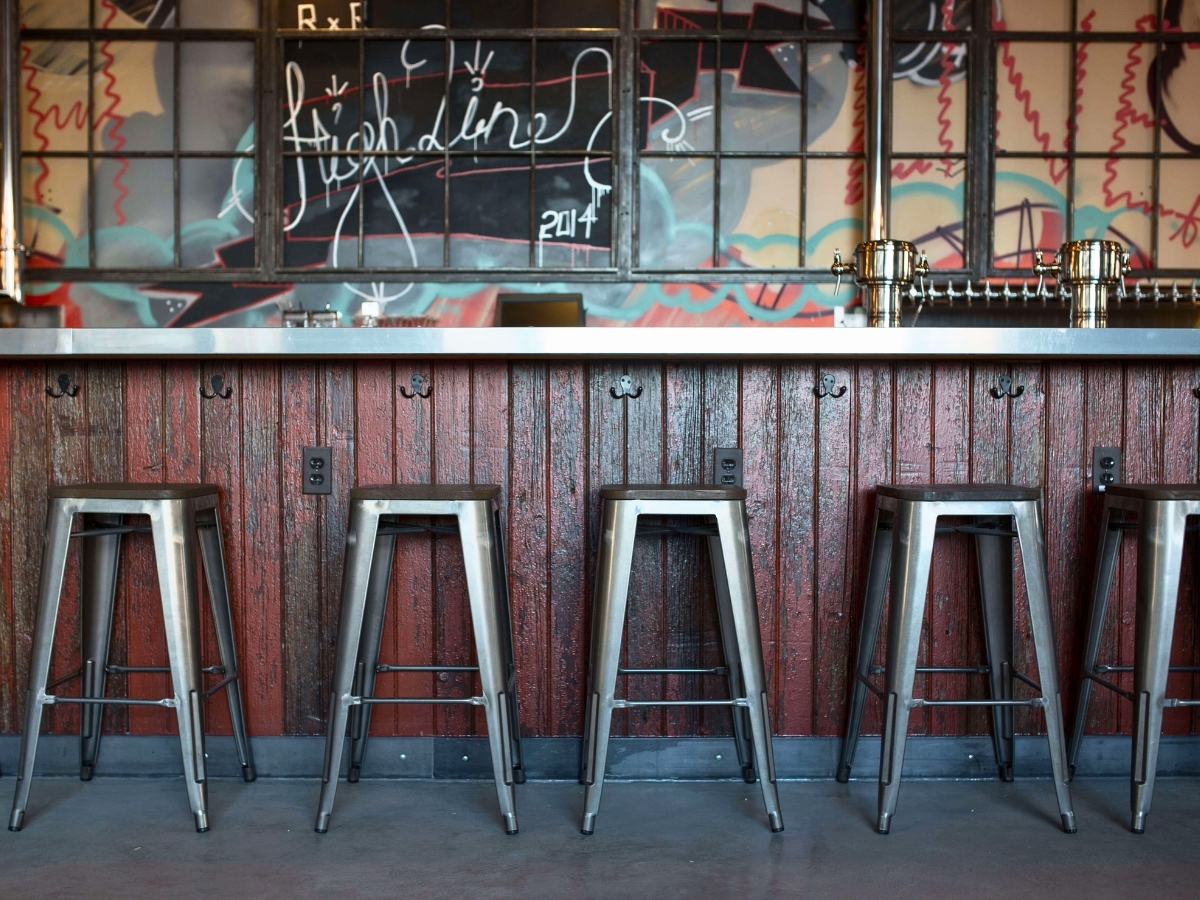French cooking, with its structured techniques and timeless traditions, has often been held as the golden standard in the culinary world. But the past 35 years have been a rocky time for French cuisine, including a New York Times article claiming French food needs to be saved.
Even though French cuisine is laden with time-consuming recipes like cassoulet and gut-busting rich roux, French cuisine has fairly simple roots. Both “cuisine du potager” (cooking from the garden) and “cuisine du marché” (cooking from the daily market) are the foundations of French cooking. Food was always seasonal, fresh, and differed from region to region, creating astoundingly different regional dishes.
From the beginning, French cuisine took on many different characteristics. French cuisine from the northern regions focused on vegetables local to the area, dairy products, and sausage. Southern regions incorporated richer ingredients like mushrooms, herbs, and game birds. Many chefs took these regional cuisine styles and created many esteemed cooking techniques. Sautéing, “sous-vide”, and “déglacer” are just some of the French cooking terms that have been outside the realm of the cuisine.
French cooking was known around the world for its finery and strategic practices that made this an art form more than just preparing food on a plate. But many chefs wanted to move away from the heavily regimented procedures and decadence of French cuisine and come up with a lighter alternative. Lower fat sauces, the integration of more garden vegetables, and using simpler presentations began in the 1960’s. From this, “nouvelle cuisine” was born. This movement was embraced for a small period of time, but met with heavy criticism from traditionalist French chefs and food critics.
By the end of the 1980’s, “nouvelle cuisine” had fallen out of vogue and many chefs returned to the more classical methods.
However, other ethnic foods such as Italian and Mexican began to take center stage. French restaurants and cuisine took a hit by being perceived as stuffy; customers were more interested in other flavors and combinations. Even many French chefs began going the safe and less expensive route, giving up their quest for Michelin stars, and focusing on the basics.
Most recently in 2014, the French government has tried to let consumers be aware of a restaurant’s quality of food with a “fait maison” logo. This logo would indicate whether a restaurant’s food is in fact “homemade” or not. In an effort to reduce costs, many restaurants in France were relying on industrial caterers or external food service providers to prepare food. While this is done by many restaurants internationally, it does take away from the integrity of French cuisine, which was once upheld has the standard for all culinary traditions. The many exceptions to the “fait maison” make it easy to circumvent as well as receiving a large negative backlash from food critics and chefs.
Even though it seems French cuisine has toppled from its pedestal of grandeur as of late, this trend is on the watch list for 2017 and is making a comeback. Many classically-trained chefs around the country are looking to restore the name of French cuisine and others are bringing their own flavor on the great classics.
French Laundry
Once housing a saloon and then steam laundry business, Thomas Keller’s French Laundry continues to make history on Washington Street in Yountville, California. French Laundry has been dazzling palettes with its tasting menus (which change daily) and wines since 1994. Even with a decline in formal French dining, Keller’s restaurant has succeeded over the years and is a testament to his expertise. Among winning the “Five Diamond Award” annually since 2005, Thomas Keller is the only American-born chef to have three star Michelin ratings for two different restaurants (French Laundry in Napa Valley and Per Se in Manhattan). French Laundry has set high expectations in French cuisine for restauranteurs, service, and patrons.
Bistronomic
Combining the words bistro, gastronomy, and economic, and all that they mean to French cuisine, chef Martial Noguier opened his first independent restaurant Bistronomic in 2011. While Chicago is becoming a food capital, Bistronomic is right there and relevant as ever with its comfortable atmosphere and Midwestern ingredients. Noguier keeps classic items on the menu with a regional twist in the maple leaf duck breast a l’orange and escargot with breadcrumbs. Making French cuisine seem approachable is quite an understaking, but Bistronomic and Noguier pulls it off.
Petit Trois
Shaking up the traditional white-tablecloth atmosphere of many French eateries, Petit Trois is Los Angeles’ exclusive but approachable bistro. With a “bar á la carte” menu style, Petit Trois focuses on simple French dishes such as escargots and omelettes with simple wines and cocktails. Opened by Ludo Lefebvre, Vinny Dotolo, and Jon Shook in 2014, this bistro champions no-frills French cuisine with a relaxed feel- no stuffiness here! With a no reservations policy, the 21 bar stools are up for grabs to the early bird. Petit Trois has landed at the top of many “best of” lists, including “2015 Restaurants of the Year” by Food & Wine. It is rumored a second location will be opened in the California’s San Fernando Valley.
The Twisted Frenchman
Cities around the United States are seeing the return of French cuisine in the forms of fine dining and casual bistros. French cuisine is even making its way back into the steel city of Pennsylvania, Pittsburgh. New ownership transformed what was the former Notion Restaurant on South Highland Avenue, into chef Andrew Garbarino’s The Twisted Frenchman in 2015. Up-and-coming on the restaurant scene, Garbarino has to rely more on his food than his name to bring guests in. With its food described as “modern French”, The Twisted Frenchman’s menu is peppered with game birds and quintessential French entrees. Lovingly referred to as “foie gras PB&J”, this appetizer is Garbarino’s signature and gives a contemporary take on an otherwise classic dish.
Le Coucou
In the mid-20th century, there were six luxury restaurants that ruled New York City and held the standard for French dining. Since 2004, all except one (La Grenouille) have closed their doors. The white table clothed finery of these establishments lives on and served as inspiration for chef Daniel Rose’s Le Coucou, opened in 2016. Along with Stephen Starr, restaurant extraordinaire, Le Coucou is an encouraging sign of fine French cuisine reigning once more. French delicacies line the breakfast, brunch, lunch, and dinner menus, including the cheeky “tout le lapin” (all of the rabbit). While this is Rose’s first stateside restaurant, Le Coucou is the resurgence of fine dining for local New Yorkers and tourists to share in alike. To many of Le Coucou’s patrons, this isn’t a resurgence; this a whole new experience.

